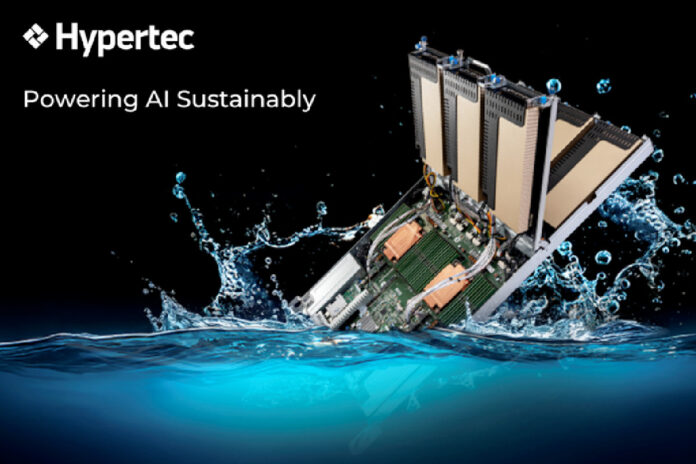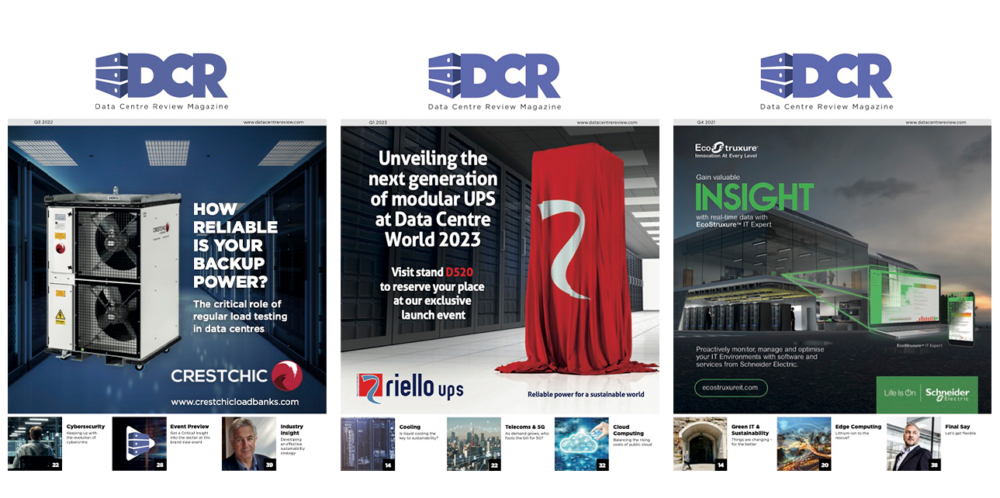The global data centre immersion cooling market is forecast to more than quintuple over the next decade, with AI and high-performance computing pushing operators towards liquid-based thermal management, a new analysis suggests.
The market was valued at $1.3 billion in 2024 and is projected to reach $7.2 billion by 2034 at a CAGR of 18.3%, according to a report from Global Market Insights Inc. The firm links growth to surging deployments of artificial intelligence, machine learning (ML) and high-performance computing (HPC), which are driving higher rack densities and heat loads that strain traditional air cooling.
Immersion cooling has become more important as operators chase lower energy use, tighter footprints and improved equipment performance. Adoption is rising in hyperscale environments and crypto mining, where space, power and thermal headroom are at a premium.
According to the research, North America is driving the trend towards immersion cooling, underpinned by a dense concentration of hyperscale facilities, major cloud providers scaling capacity, and a policy focus on sustainable IT.
In fact, in the United States alone, immersion cooling generated $372.9 million in 2024, with the report putting its share at 72%, reflecting the country’s concentration of technology firms and early adopters.
Despite its early lead, however, Europe is expected to catch up in the interim period. That’s largely down to energy efficiency and carbon neutrality laws created by the European Union. Data centres are now scrutinising closely what cooling system they’re deploying in their facilities – especially given the need to also expand compute power to meet the demand of AI.
In terms of the revenue generated by immersion cooling so far, by segment, solutions accounted for 70% of market revenue in 2024 (about $900 million). This bucket covers core hardware – pumps, heat exchangers, immersion tanks, filters and fluid distribution units – that forms the backbone of an immersion deployment. The report argues these systems enable better space utilisation and heat dissipation than air, supporting higher server density and lower operational energy.
Hyperscale data centres contributed around $400 million in 2024, with operators integrating immersion into new builds and retrofits to curb energy consumption, lift thermal performance and trim downtime as compute-intensive workloads expand.
The key players include Vertiv, Green Revolution Cooling, Bitfury Group, Asperitas, LiquidCool Solutions, Submer and Fujitsu, who collectively held more than 30% of the immersion cooling market in 2024. Their hold on the market may not be absolute, however, with new players vying to capture a share of the pie all the time. For instance, Indian firm Refroid is hoping to capitalise on the growth of the data centre sector in its native country by offering the first home-grown immersion cooling system.
If the forecast holds, immersion cooling will shift from niche to mainstream over the next decade. That’s driven by the larger trend of the move to liquid cooling more generally, something we explored recently in our very own Trend Report.



